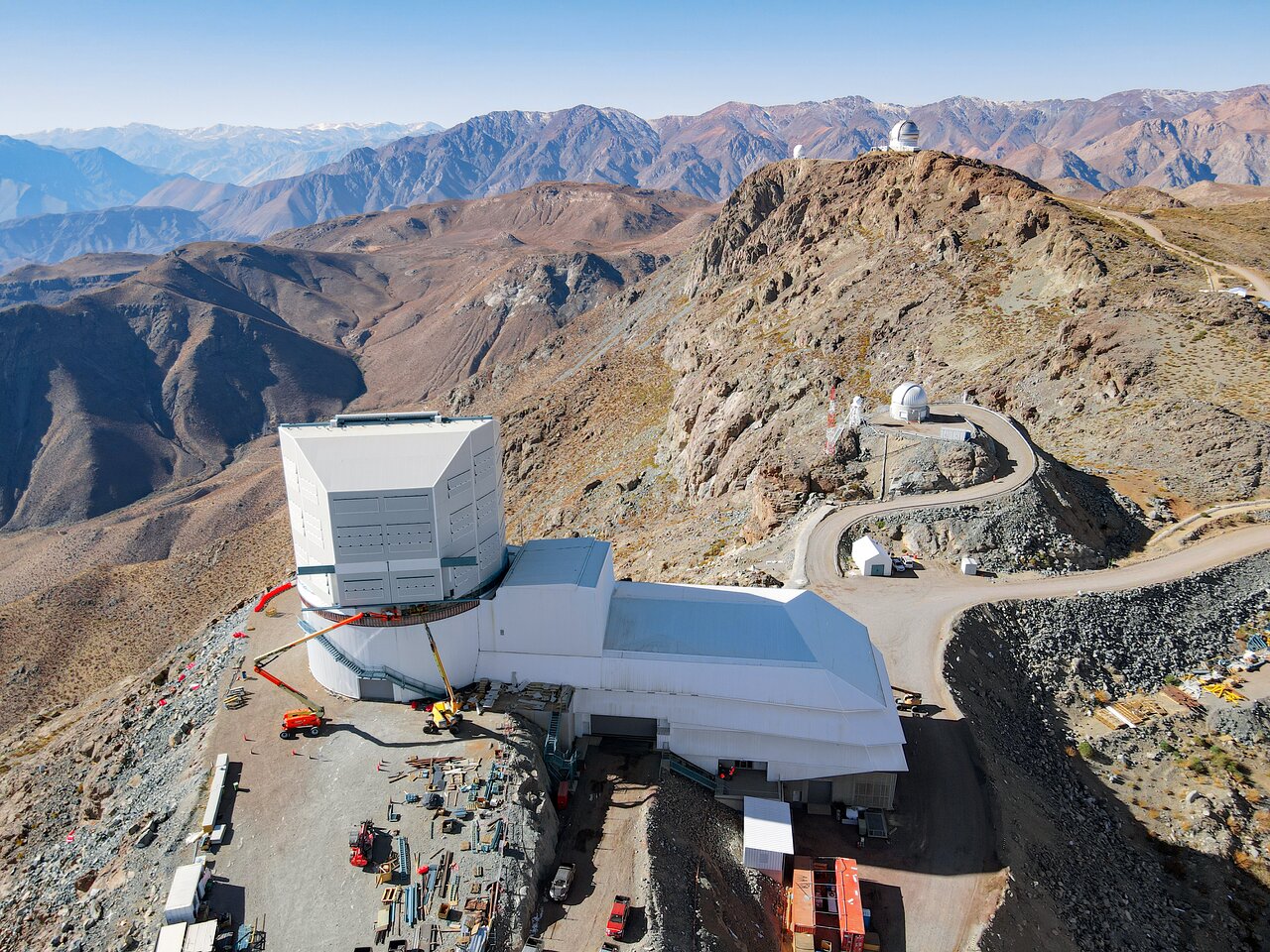
EN TOLOLO DESCUBREN EL ASTEROIDE MÁS RÁPIDO DEL SISTEMA SOLAR
Con cerca de un kilómetro de ancho, la roca espacial 2021 PH27 es el vecino más cercano del Sol Utilizando la poderosa Cámara de Energía Oscura (DECam) en Cerro Tololo,…
Noticias y novedades sobre astronomía escritas por el periodista especializado Hernán Julio

Con cerca de un kilómetro de ancho, la roca espacial 2021 PH27 es el vecino más cercano del Sol Utilizando la poderosa Cámara de Energía Oscura (DECam) en Cerro Tololo,…

Esta imagen muestra el Observatorio Vera C. Rubin, actualmente en construcción en la cima de Cerro Pachón en los Andes chilenos. El Observatorio Rubin realizará una investigación sin precedentes…

Esta imagen del Telescopio Espacial Hubble de NASA / ESA muestra AFGL 5180, una hermosa guardería estelar ubicada en la constelación de Géminis (los Gemelos). En el centro de la…
Se estima que ATLAS-4, el cuarto instrumento de esta red de telescopios, que está siendo instalado en Chile gracias a la alianza del Instituto Milenio de Astrofísica MAS con Instituto…
ALeRCE, proyecto chileno de astronomía y ciencia de datos, permitirá optimizar la observación del universo al incorporar técnicas de big data. Su rol será fundamental en el procesamiento de datos…
Los modelos y las pruebas de laboratorio sugieren que el asteroide podría estar expulsando vapor de sodio mientras orbita cerca del Sol, lo que explica su aumento de brillo. A…
Un equipo internacional reunido por Event Horizon Telescope (EHT) Collaboration, que es conocido por capturar la primera imagen de un agujero negro en la galaxia Messier 87, ahora ha fotografiado…
Gracias al Atacama Large Millimeter/submillimeter Array (ALMA), un equipo de astrónomos dio un importante paso hacia la dilucidación de un misterio de larga data, a saber, si las estrellas más masivas que…
La formación de planetas sigue siendo un misterio. Los astrónomos han estado estudiando discos protoplanetarios durante décadas, tratando de resolver los detalles de la génesis planetaria. Gracias a ALMA, por…
El DART de la NASA, la prueba de redireccionamiento de doble asteroide, es una demostración cuidadosamente planificada que ayudará a determinar si la tecnología de impacto cinético (volar una nave espacial…